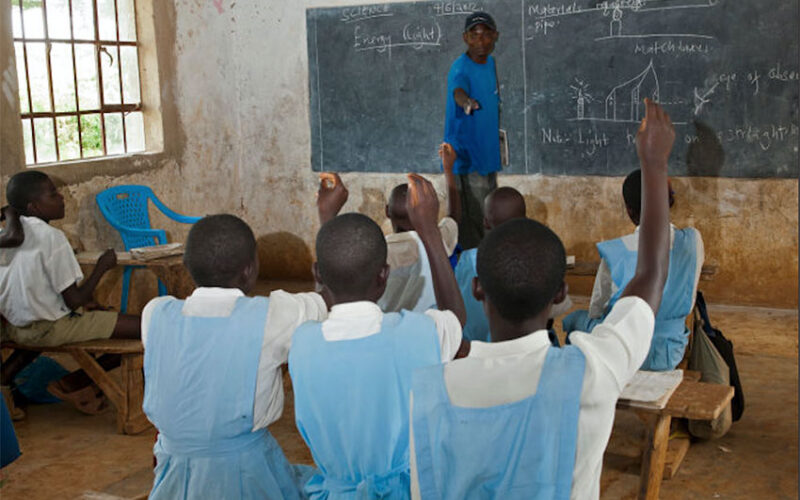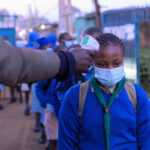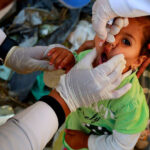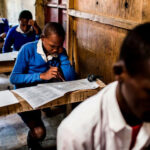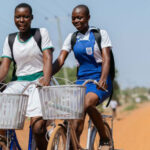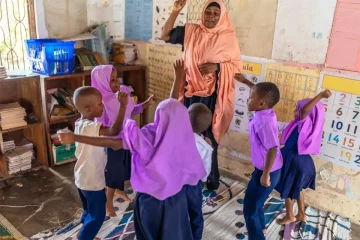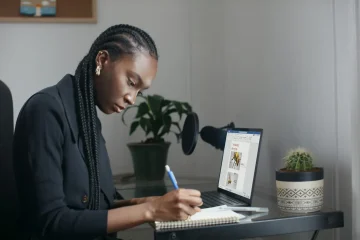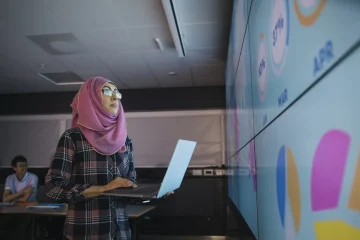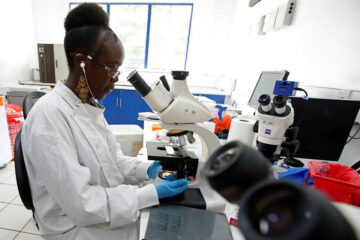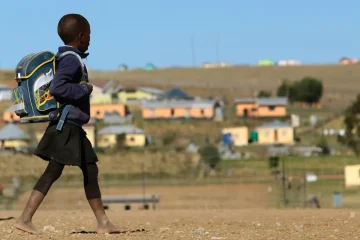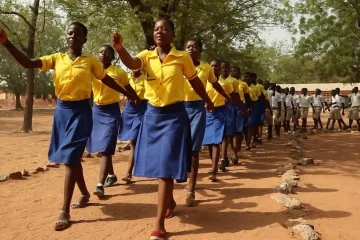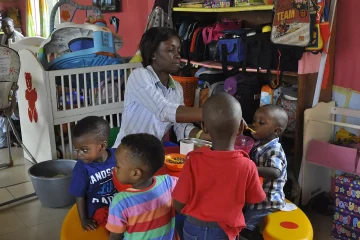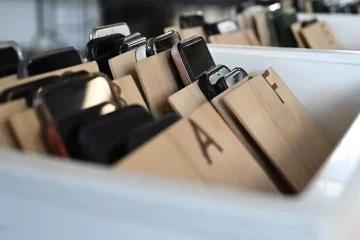THE COVID-19 pandemic has disrupted education in many countries. Similar to other epidemics – such as the Ebola crisis in West Africa which pushed about five million children out of school in 2013 – the COVID-19 pandemic resulted in the closure of schools in about 194 countries.

In Kenya there was a nationwide closure of schools between March 2020 and January 2021. This disrupted the education of about 18 million learners, with a total of about 15 million children in primary and secondary schools.
Evidence suggests that the disruptions to education by the pandemic have negative consequences on already vulnerable students, such as those living within poor households, and girls.
This threatens the great progress Kenya had made in its education sector.
For instance, overall, Kenya has achieved gender parity in primary and secondary school. This masks disparities that exist in certain regions, though – in 23 counties, more boys attend school than girls. In addition, the transition from primary to secondary by both sexes increased by 12 percentage points between 2018 and 2019.
I’m an education specialist and have done a lot of work on the education of girls and their transition to secondary school. I have concerns that the longer girls spend out of school, the more they are at risk of dropping out.
The main reasons why girls may drop out of school include poverty – which impairs the ability of the households to keep girls in school because they may need them to stay at home to work within the homes, and sometimes on farms – and opportunity costs, where households choose who to send to school. There’s also the risk – when girls are at home for long periods of time – that they’ll get pregnant as a result of gender based violence.
The impact of the COVID-19 pandemic on education may cut back on the gains that Kenya has made in gender equity and inclusion. The government needs to respond to these issues holistically, and address the well-being of girls.
Supporting girls
There are several strategies that the government must take.
For girls who fall pregnant, the Ministry of Education should encourage school reentry. It was encouraging to see that the government is working on school reentry policies not only to encourage learners to get back into the system, but to improve transition, retention and completion rates.
It’s also vital that parents are involved in strategies as they are key to supporting the education of their girls. For instance, the African Population and Health Research Center – through the Advancing Learning Outcomes and Transformational Change – is partnering with community-based organisations and local radio stations in urban informal settlements to deliver life-skills and parental counselling sessions to adolescents and their parents respectively.
This means community resources can be harnessed to respond to the pandemic and the programme has been able to engage parents in support of their children’s education.
Remote learning
The government must also encourage strategies that support remote learning, such as online technologies, even as schools reopen for face to face learning. Educators should design activities with a longer term goal in mind, rather than having short term measures.
In May 2020, the Ministry of Education put in place a three-pronged approach to remotely support learning:
- Online learning and strengthening the Kenya Education Cloud – an online portal for the submission of content for evaluation;
- Broadcasting of radio and television programmes for primary and secondary school levels; and
- Access to textbooks and other teaching and learning materials in remote areas
Broadcasting through radio and television programmes seemed to be where most of the focus was as the Kenya Institute of Curriculum and Development rolled out digital learning.
These strategies can worsen existing inequalities. For instance, some students may not have access to the internet. In addition, just 42% of children report that they can access learning through TV and a further 19% through the radio. Some of the challenges that remain with digital learning include affordability of gadgets or internet; connectivity to and fluctuations of power; ability or availability of parents to supervise learning; and capacity of teachers in driving online learning.
To overcome these challenges, the government should consider partnering with the private sector to make gadgets – like smart-phones and the internet – affordable for learners. It should also actively build the capacity of teachers so that they can provide online teaching.
In addition, there should be awareness campaigns within the community that highlight the importance of supporting the education of girls, particularly during and immediately after the pandemic.
More accessible
The Kenya Institute of Curriculum Development has an education channel which provides learning through radio programmes. The government must use this to reach children who cannot make it to school. One way to overcome the challenge of access to radios would be to hold lessons communally – where several children from different households can listen in to a single radio.
The government can also learn from programmes that successfully run education projects for marginalised children. For instance, PACEMaker International develops material and shares it to schools via WhatsApp. Moreover, the PACE fellows – volunteers who act as teaching assistants – can offer learning support to under-resourced schools. PACEMaker can expand the use of fellows to reach and support girls out of school.
In conclusion, pandemics such as COVID-19 have the potential to reverse many years of progress for girls. Kenya must ensure that all girls and young people have the resources, tools and social support from the parents and communities to continue learning during this critical period school reopening and beyond.

